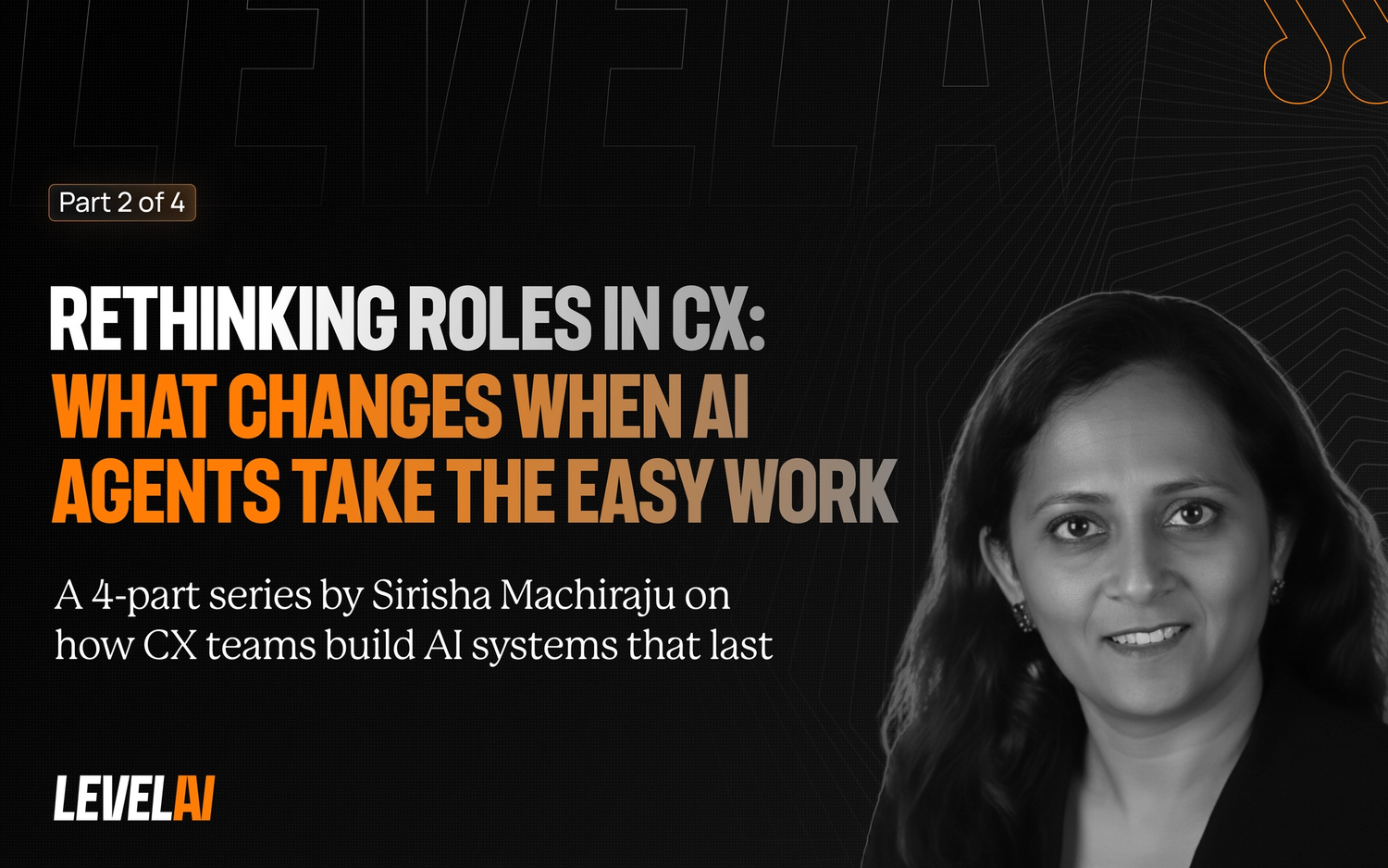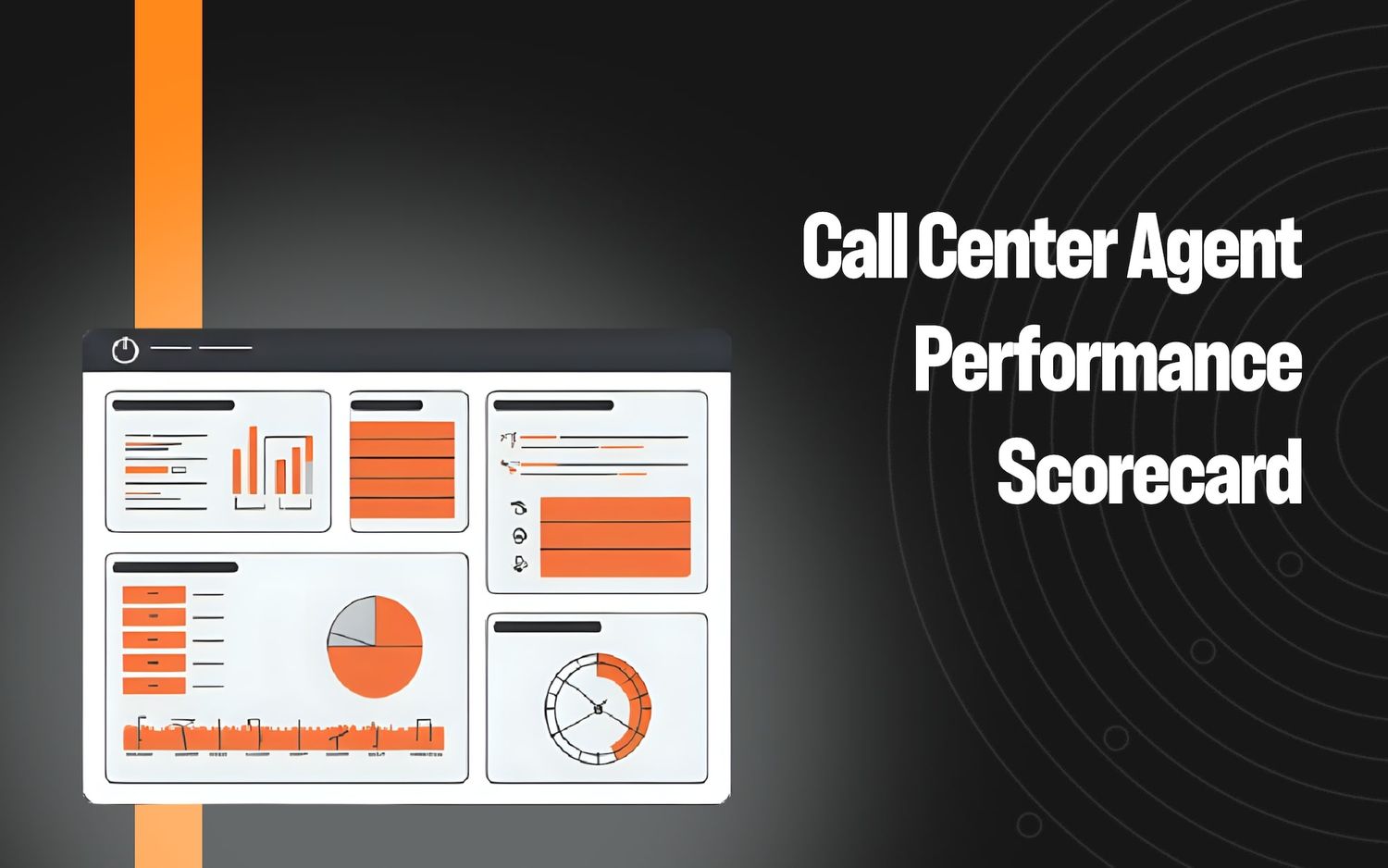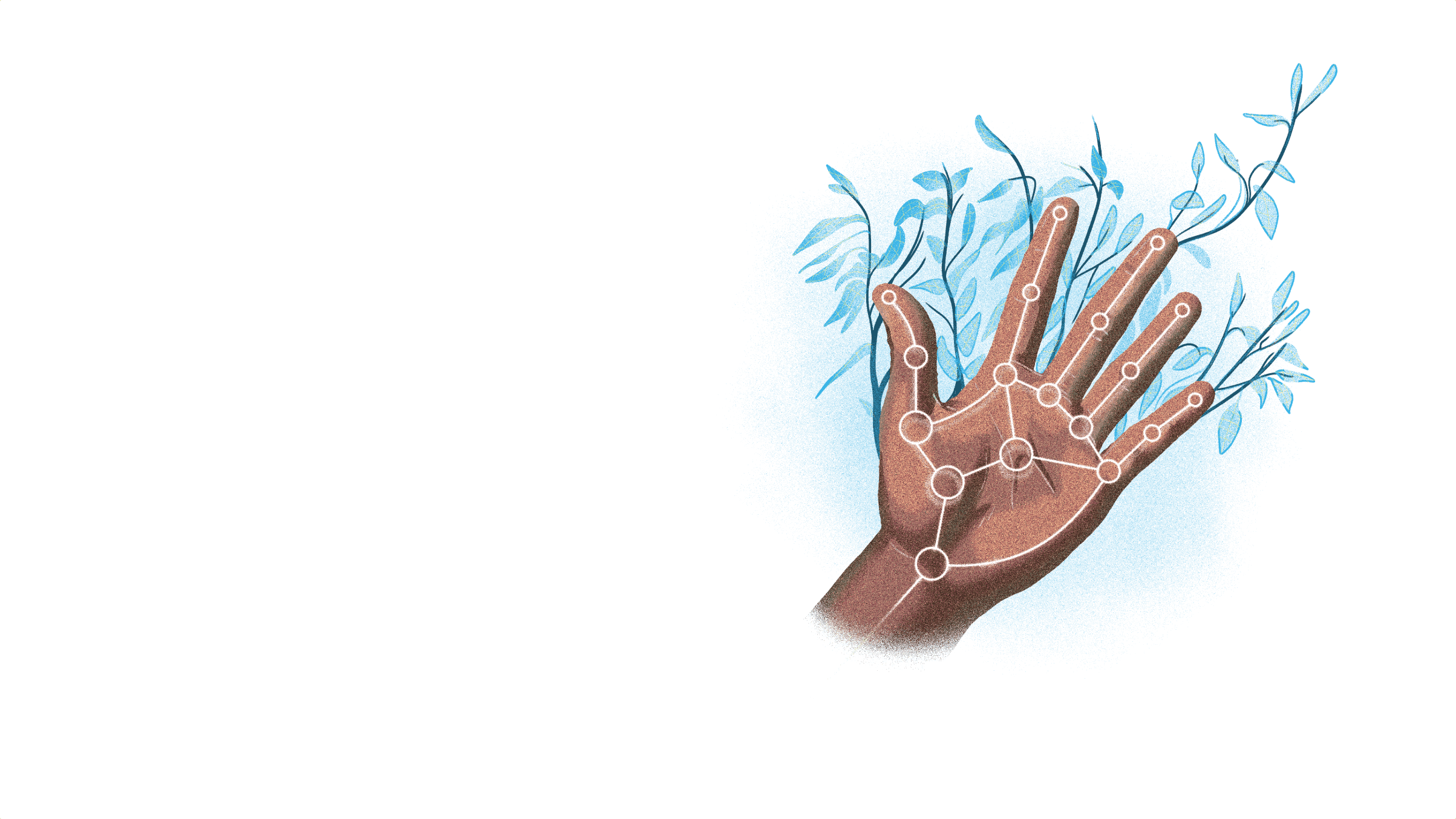Rethinking Roles in CX: What Changes When AI Agents Take the Easy Work


AI in CX has always promised scale. But the part people don’t talk enough about is what happens after scaling begins — specifically, what happens to the people.
When AI agents start handling repetitive, policy-driven, or predictable tasks, the entire distribution of work shifts. Not by accident, but structurally.
What leading CX organizations are realizing is that this shift creates new expectations across every role — QA, Coaching, Agents, Product, Ops, and Analytics.
This is not a replacement.
It’s redistribution, and it’s redefining the modern CX workforce.
1. Agents: From Repetition to Resolution
As AI agents absorb known intents and simple resolutions, human agents spend less time on “Tier 0/Tier 1 sameness” and more time on:
- Deeper investigation
- Escalations
- Exception handling
- Multi-step or emotionally sensitive cases
What teams are learning:
AHT rising is not inefficiency — it’s evidence that agents are now handling harder work.
2. QA Leads: From Rubric Policing to Outcome Auditors
With high-volume queries handled by automation, QA evolves from:
“Did they follow the rubric?” → “Did the system produce the right outcome?”
Their new responsibilities often include:
- Outcome-focused auditing
- Pattern identification
- Improving the overall system, not just the agent
This role becomes more strategic.
3. Coaches: From Broad Feedback to Targeted Improvement
Coaching becomes less about general behaviors and more about:
- Precision coaching
- Identifying deltas between top-performer patterns and system patterns
- Producing targeted packs
4. Product & UX: Faster Signals, Earlier Fixes
Product teams receive earlier, cleaner signals because high-volume intents now have structured decision paths.
This means:
- Faster defect detection
- Clearer prioritization
- Less noise
- Fewer reopeneds
5. Operations: Designing the Human + AI Agent Workforce
Ops leaders start planning for:
- Human:Automation capacity ratios
- Monitoring containment
- Ensuring escalation completeness
- Redefining staffing for complexity, not volume
6. Analytics / Data: Taxonomy Becomes a Competitive Advantage
When AI agents are in the loop, clean taxonomy isn’t “nice to have” — it defines accuracy.
Teams now invest in:
- Naming conventions
- Drift alerts
- Metric governance
- Consistent data feed architecture
Conclusion
The most important lesson?
Automation doesn’t shrink the role of humans. It elevates the work humans do.
And the orgs that benefit most are the ones preparing their people for this shift today.
👉 Read Part 3: “Designing AI Agents That Think Clearly: Why Mental Models Matter More Than Prompts”
👉 Join the live session on Dec 4 to learn how leading CX teams are preparing their workforce structure for the Agentic AI era.
Keep reading
View all





